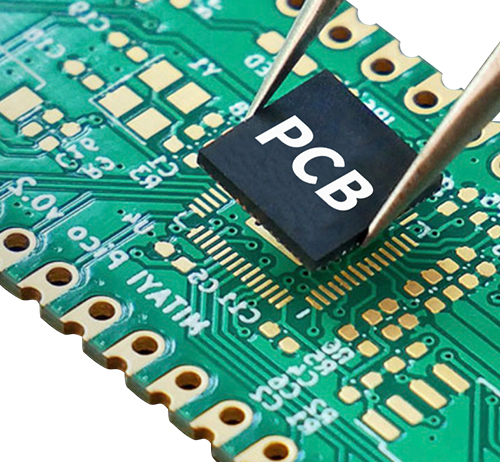Time:2022-07-21 Visit:
The ESD activity is captured by a test instrument (EUT) by discharging from the ESD simulator to the surface of the EUT and near the EUT. The severity level of the discharge is clearly defined in the product standard and EMC test plan prepared by the manufacturer. The EUT checks for malfunctions or disturbances in all its operating modes. Pass/fail criteria must be defined in the EMC test plan and determined by the product's manufacturer.

PCB Transient Conductivity
The purpose of this test is primarily to verify the EUT's resistance to transient short duration shocks with fast rise times that may be caused by inductive loads or contactors. The fast rise time and repetitive nature of this test pulse causes these spikes to easily penetrate the EUT's circuitry and potentially interfere with the EUT's operation. Transients act directly on the permittivity of total power and signal lines. In other immunity tests, the EUT should be monitored on a pass/fail basis using the normal operating configuration.
Electromagnetic field radiation resistance of PCB
The purpose of this test is to verify the product's PCB immunity to radios, radio transceivers, mobile GSM/AMPS phones, and various electromagnetic fields from industrial electromagnetic sources. If the system is not shielded, electromagnetic field radiation can couple on the interface cable and enter the circuit through this conduction path; or it can couple directly at the wiring of the printed circuit. When the magnitude of the RF electromagnetic field is large enough, the induced voltage and the demodulated carrier can affect the normal operation of the device.
PCB Radiation Immunity Test Run This test run is usually the longest and most difficult, requiring very expensive instrumentation and considerable experience. In contrast to other PCB immunity tests, manufacturer-defined pass/fail criteria and a written test plan must be sent to the test room. When sending the EUT into the radiation field, the EUT must be set in normal operation and in the most sensitive mode.
Normal operation must be established in the test room when the EUT is exposed to classified interference fields with frequencies exceeding the required frequency range of 80MHz to 1GHz. Some PCB anti-jamming standards start at 27MHz. Severity Levels The standard typically has requirements for PCB immunity levels of 1V/m, 3V/m or 10V/m. However device specifications may have their own requirements at specific "problem (interference) frequencies". The appropriate level of PCB radiation resistance for a product is of interest to the manufacturer.
Uniform Field Requirements The new PCB immunity standard EN50082-1:1997 references IEC/EN61000-4-3. IEC/EN61000-4-3 requires the establishment of a unified test environment on the basis of test samples. The test environment was achieved in an anechoic room with a tile array of ferrite absorbers used to block reflections and resonances so that a uniform test site could be established in the room. This overcomes the sudden and frequent unrepeatable test errors caused by reflections and field gradients in traditional unlined rooms. (Semi-anechoic rooms are also ideal for measuring radiated emissions from indoor abnormal environments that require precision).